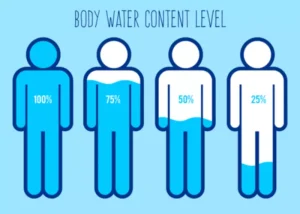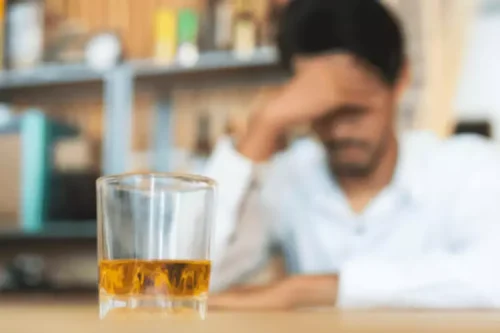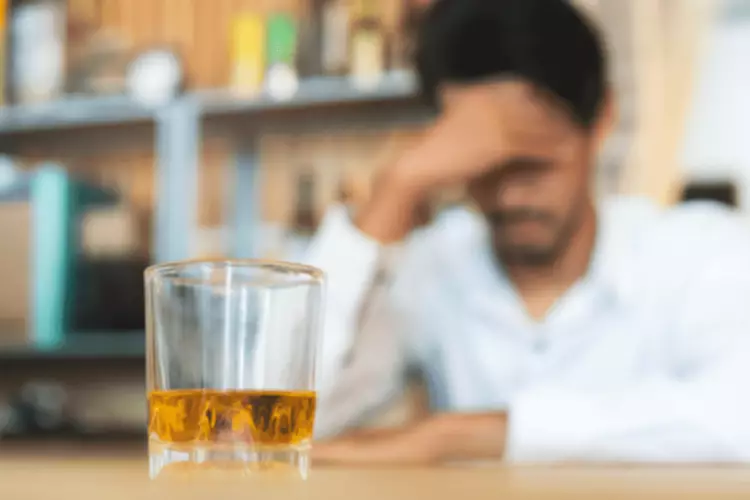
The Biden White House started the process of rescheduling marijuana from a Schedule I drug, with strict rules against research, to Schedule III. If you see someone experiencing the signs of a heart attack, call 911 immediately. Signs of a heart attackinclude chest pain, lightheadedness, nausea or vomiting, neck, jaw or back pain, shoulder or arm pain, and shortness of breath. These calls are offered at no cost to you and with no obligation to enter into treatment. Neither this site nor anyone who answers the call receives a commission or fee dependent upon which treatment provider a visitor may ultimately choose.
Carolina Recovery

The lack of standardized ways to define and measure motivation makes it more difficult for researchers to study. In addition, the review authors only found cross-sectional studies on how marijuana affects motivation, which provides a snapshot in time is marijuana addictive rather than randomized, controlled trials which could provide more definitive causal explanations. When you smoke marijuana, THC quickly passes from your lungs into your bloodstream. Your body absorbs THC more slowly if you eat or drink it — you typically experience the effects after 30 minutes to one hour. When people do experience hallucinations from marijuana use, they’re typically different from hallucinations people experience from other hallucinogens (like LSD, psilocybin and ecstasy).

Marijuana Addiction: Signs, Causes, Withdrawal, Treatment and Prevention
Withdrawal symptoms include anxiety, irritability, insomnia, appetite loss, and physical discomforts such as headaches and stomach pains. For more information on how Substance abuse you or a loved one can begin on the road to a marijuana-free life, call The Recovery Village. With an abundance ofrehab centers located nationwide, our treatment teams can help you gain the skills needed to live your life without relying on any sort of substance.
- These findings provide promising rationale for the use of CBD in opioid relapse prevention in humans.
- And those who used marijuana frequently as adults were more likely to experience mental health problems and abuse additional substances, even after controlling for other factors.
- While pharmacologic detoxification is still under investigation, potential medications like tetrahydrocannabinol, gabapentin, N-acetylcysteine, and cannabidiol show promise.
We offer individualized, extended-term treatment in an intimate setting.

CBD products, which have also grown in popularity among older adults, are different, as they contain only very small amounts of THC. Research on just how cannabis affects a driver is inconclusive, because much depends on how often and much a person consumes marijuana, the type of marijuana consumed, and the marijuana’s potency, or THC content. A new study has found that more than 84% of cannabis users smoke, eat, drink or vape marijuana within eight hours of getting behind the wheel. Researchers used advanced brain scanning technology to study about 50 participants aged 16 to 30, including those with recent psychotic symptoms and those considered at high risk.
- Cannabis’ greatest potential to positively impact the opioid epidemic may be due to its promising role as a first line analgesic in lieu of or in addition to opioids.
- If you use it regularly, you could have the same breathing problems as someone who smokes cigarettes.
- The main difference between marijuana addiction and alcohol addiction lies in their mechanisms of action and the severity of withdrawal symptoms.
- The main effects of marijuana include euphoria, relaxation, altered sensory perception, increased appetite, impaired memory, coordination, and reaction time, which interfere with daily activities and responsibilities.
Therapies Used in Marijuana Addiction Treatment
- Support groups and structured rehabilitation programs also help individuals regain control over their usage patterns and sustain long-term recovery.
- This addiction results in cannabis use disorder, impacting daily functioning and overall mental health.
- As a person becomes more entrenched in marijuana use, you may start to notice a change in their priorities, behavior and social activity.
- Known scientifically as cannabis, it is frequently referred to as weed, pot, or ganja in informal settings.
Behavioral symptoms of marijuana addiction include intense cravings, neglect of responsibilities, and social isolation. Physical symptoms of marijuana addiction may involve bloodshot eyes, increased heart rate, and respiratory issues. Cognitive symptoms include memory problems, difficulty concentrating, and reduced motivation. While marijuana addiction is often less physically severe than addiction to some other substances, it can have significant impacts on a person’s life, and treatment can improve quality of life, reduce cravings, and support long-term recovery. Approximately 1 in 10 adult users of marijuana develop cannabis use disorder. SUD is a mental health condition in which a person has a problematic pattern of substance use that causes distress and/or impairs their life.
What are the Withdrawal Symptoms of Marijuana Addiction?

When the chemical is removed (i.e., someone stops smoking), thebody experiences withdrawal. Marijuana is one of the most popular drugs available due to easy accessibility and the various ingestion methods. While marijuana may not be as life-threatening as heroin or cocaine is, developing a marijuana addiction is possible and can have immensely adverse effects on the body and brain.





